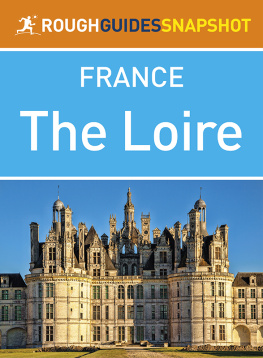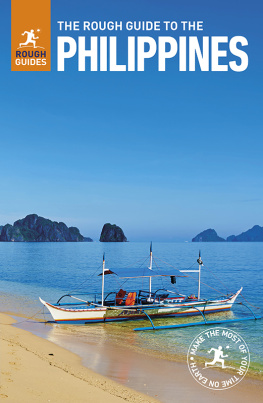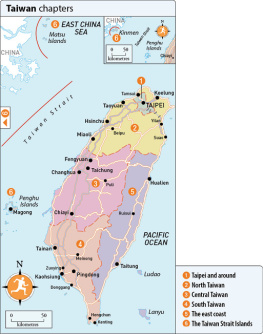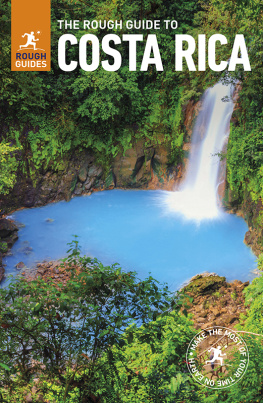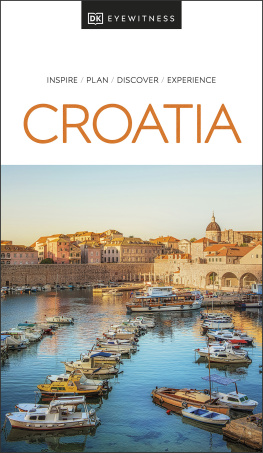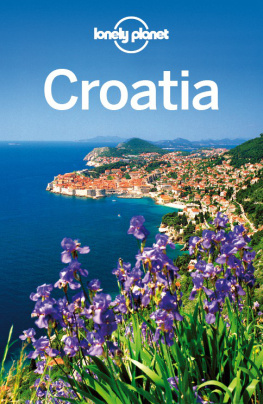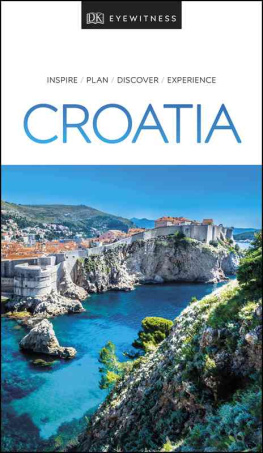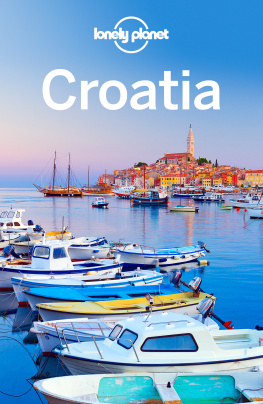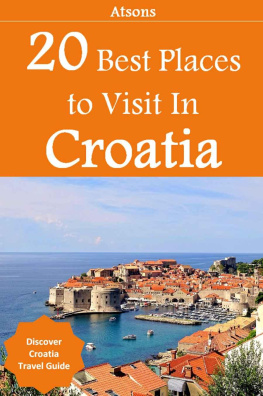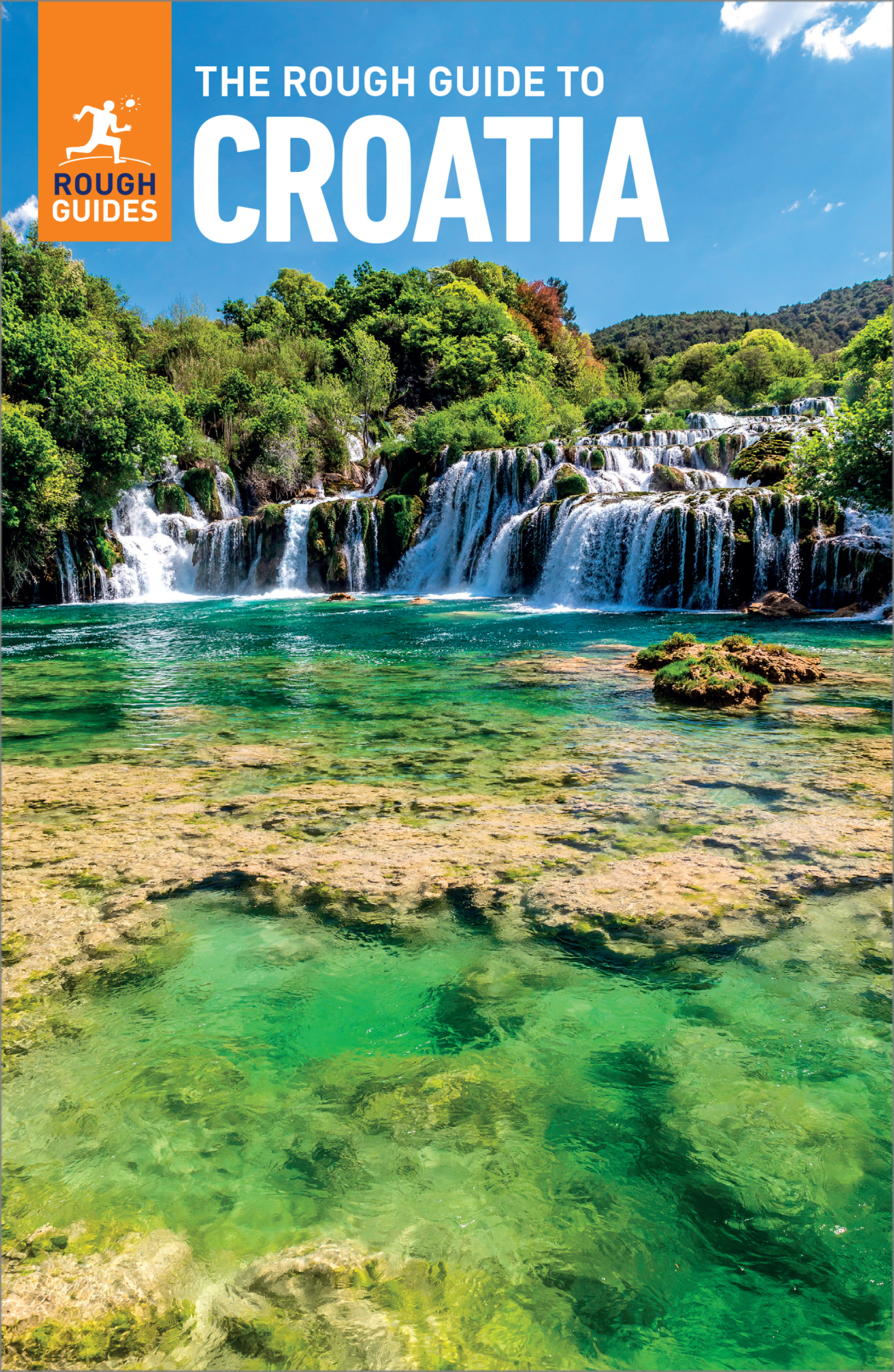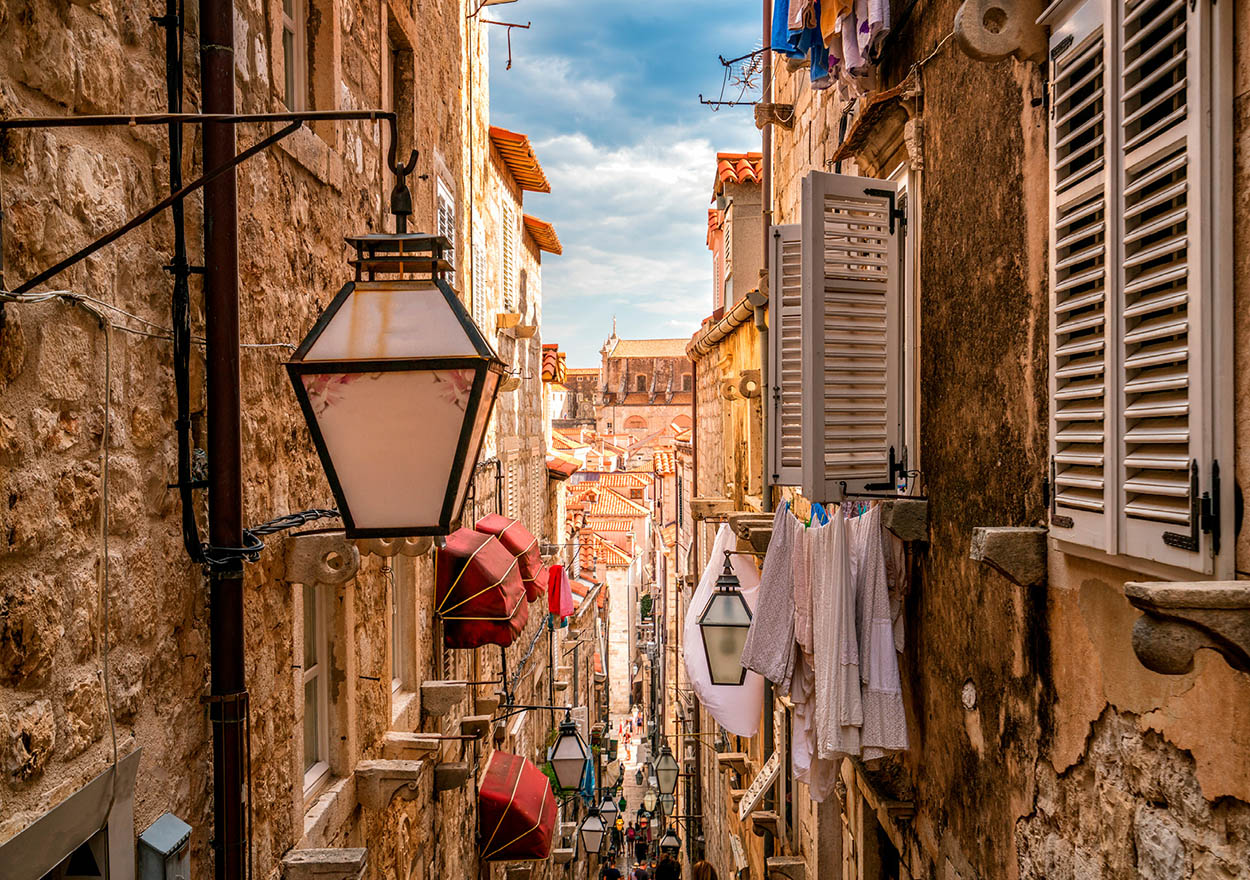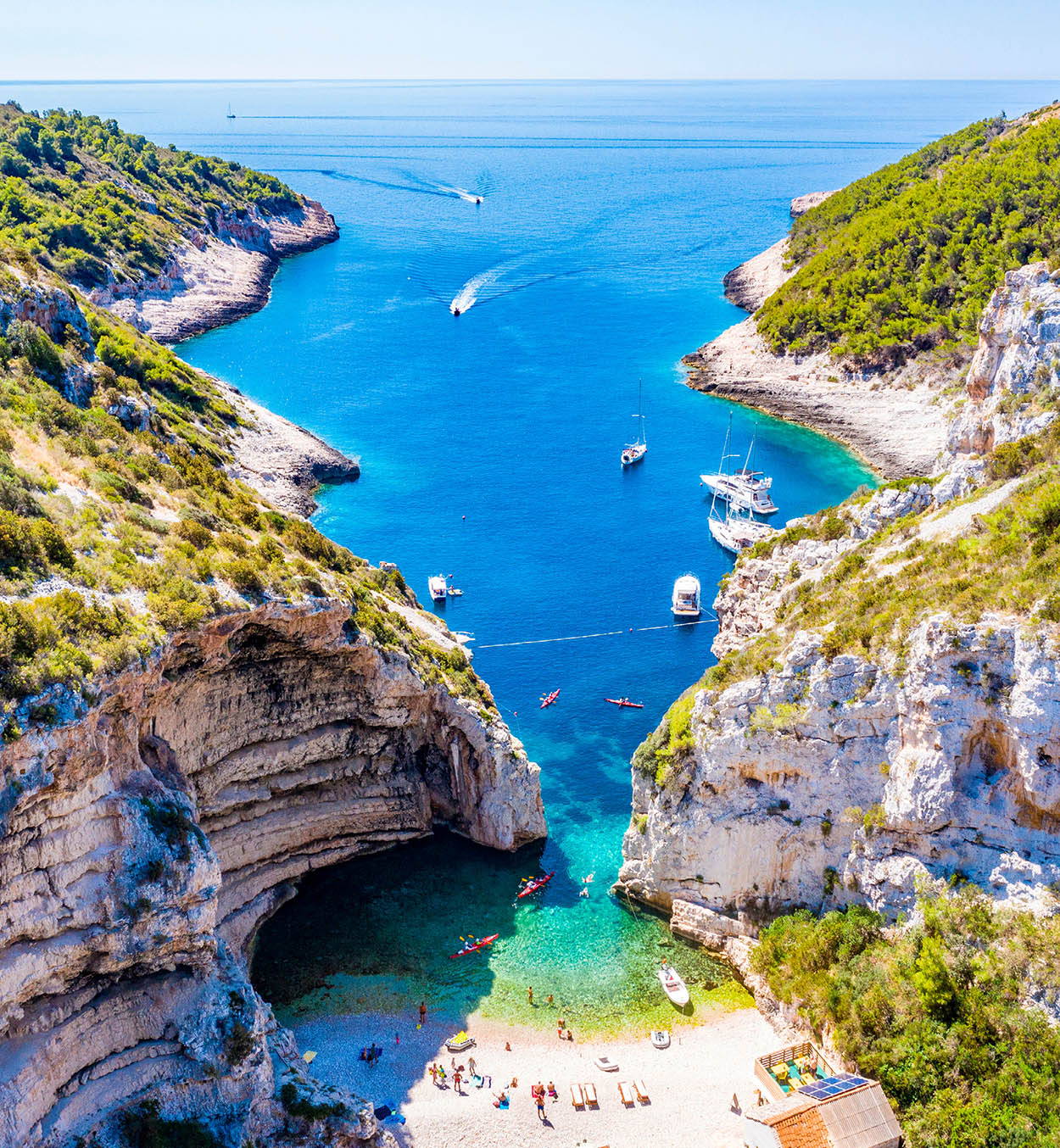Contents
Introduction to Croatia
Despite spending the last decade as Europes fastest-rising holiday destination, Croatia still doesnt feel like a place that has been thoroughly worked over by the tourist industry. With new developments kept on a human scale and businesses retaining a pronounced local flavour, the Adriatic coast emphatically retains a unique character. Whether youre interested in unspoiled Mediterranean islands, edgy urban culture, Game of Thrones location tours or simply splashing around in the Adriatics famously clear waters, Croatia is a place to discover many different landscapes and experiences.
Croatia is blessed with a wealth of natural riches , boasting almost 2000km of rocky, indented shore and more than a thousand islands, many blanketed in luxuriant vegetation. Even during the heavily visited months of July and August there are still enough off-the-beaten-track islands, quiet coves and stone-built fishing villages to make you feel as if youre visiting Europe at its most unspoiled. Theres plenty in the way of urbane glamour too, if thats what youre after, with swanky hotels, yacht-filled harbours and cocktail bars aplenty especially in -la-mode destinations such as Dubrovnik and Hvar. Wherever you go, though, youll find that Croatia retains an appeal for independent travellers thats in short supply at more package-oriented destinations elsewhere in the Mediterranean. Most budget and mid-range accommodation is still in the form of private apartments, and there is an abundance of backpacker-friendly hostel-type establishments in the major cities. When it comes to seaside-hugging campsites, Croatia is in a league of its own.
A renewed respect for natural ingredients has become the watchword of Croatian cuisine , with locally sourced foodstuffs, wines and olive oils standing up increasingly well to globalization. Croatia has a growing reputation for niche festivals not just in the party-the-weekend-away music events held on beaches up and down the coast, but also in the mushrooming number of arts festivals and small-town cultural shindigs. And in Zagreb and elsewhere, a raft of new galleries and art attractions has given the country a cool and contemporary sheen.
Dubrovnik Old Town
Shutterstock
The country has certainly come a long way since the early 1990s, when within the space of half a decade it experienced the collapse of communism, a war of national survival and the securing of independence . A quarter of a century on, visitors will be struck by the tangible sense of pride that independent statehood has brought. National culture is a far from one-dimensional affair, however, and much of the countrys individuality is due to its geographical position straddling the point at which the sober Central European virtues of hard work and order collide with the spontaneity, vivacity and taste for the good things in life that characterize the countries of southern Europe a cultural blend of Mitteleuropa and Mediterranean that gives Croatia its particular flavour. Not only that, but the country also stands on one of the great mingling points of civilization, at which the Catholicism of Central Europe meets the Islam and Orthodox Christianity of the East. Though the more conservative Croats frequently argue that they are a Western people, distinct from the other South Slavs who made up the former state of Yugoslavia, many of the hallmarks of Balkan culture patriarchal families, hospitality towards strangers and a fondness for grilled food are as common in Croatia as in any other part of southeastern Europe, suggesting that the countrys relationship with its neighbours is closer than many may admit.
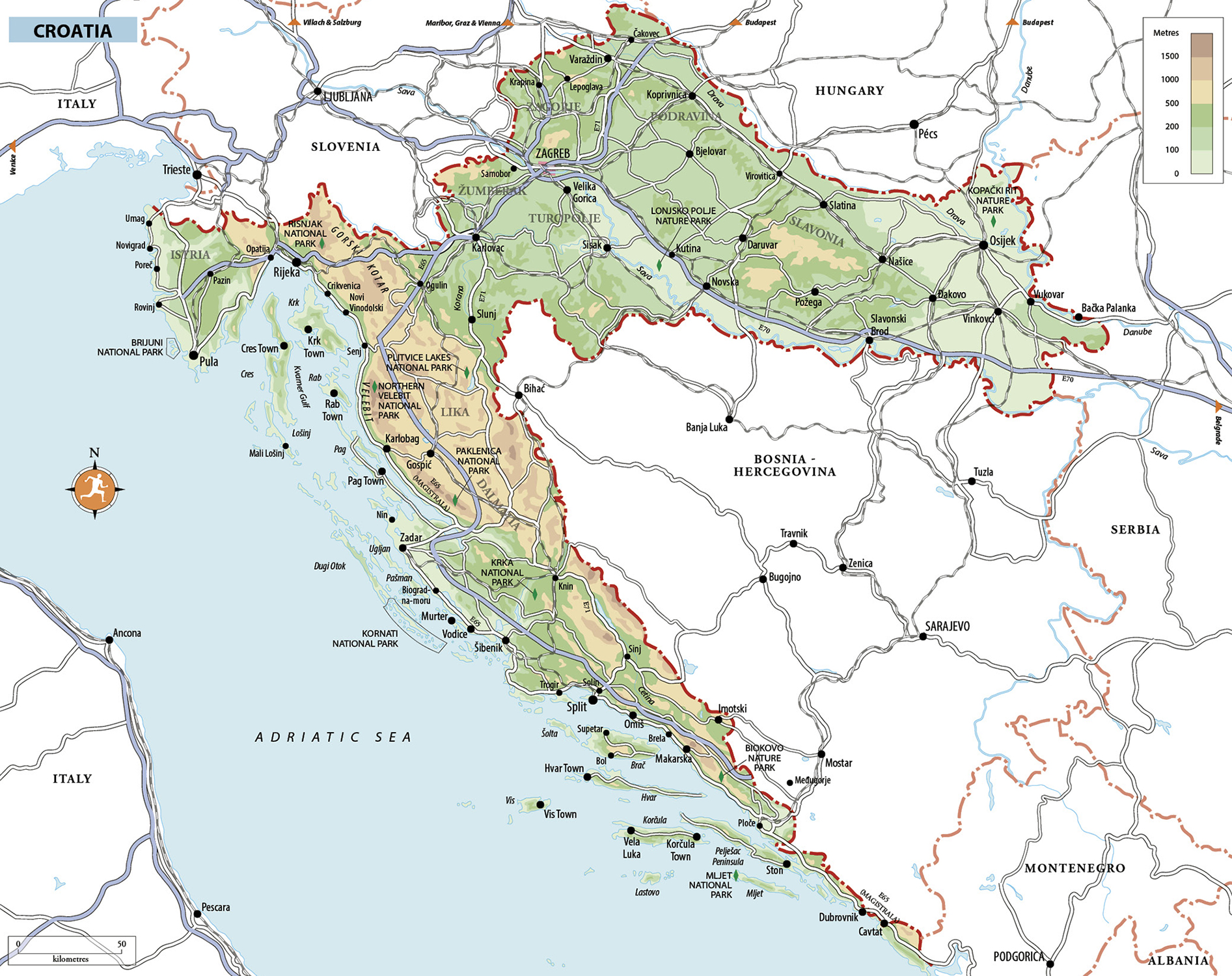
Fact file
- Croatia ( Hrvatska in Croatian) is a crescent-shaped country of 4.1 million people. Roughly 90 percent of the population are Croats , who speak a Slavic language akin to Serbian and Bosnian, and mostly practise the Catholic Christian faith. There is also a sizeable Serbian population (about 4.5 percent of the total), who largely belong to the Orthodox Church .
- Politically, Croatia is a single-chamber parliamentary democracy with a directly elected though nowadays largely ceremonial president as head of state.
- The average Croat consumes over 5kg of coffee a year (almost twice as much as the average Brit), and spends an estimated 183 hours a year drinking it.
- Croatia reached the final of the 2018 FIFA World Cup championships in July 2018, the smallest country by population to do so since Uruguay in 1950.
- The total length of Croatias dramatic mainland coastline is 1777km. The highest mountain is Dinara (1831m) on the border with Bosnia-Hercegovina, and the longest river is the Sava, which rises in Slovenia and passes through Croatia for 562km before joining the Danube in the Serbian capital Belgrade.
Where to go
Croatias underrated capital Zagreb is a typical Central European metropolis, combining elegant nineteenth-century buildings with a vibrant caf life, good food, and plenty of gritty urban culture. Its also a good base for trips to the undulating hills and charming villages of the rural Zagorje region to the north, and to the well-preserved Baroque town of Varadin to the northeast.
The rest of inland Croatia provides plenty of opportunities for relaxed exploring. Stretching east from Zagreb, the plains of Slavonia form the richest agricultural parts of Croatia, with seemingly endless corn and sunflower fields fanning out from handsome, Habsburg-era provincial towns such as Osijek and Vukovar the latter, almost totally destroyed during the 199195 war, is now undergoing something of a renaissance. Lying between Zagreb and the coast, and easily visited from either, are the deservedly hyped Plitvice Lakes , an enchanting sequence of forest-fringed turquoise pools linked by miniature waterfalls.
Croatias lengthy stretch of coastline , together with its islands , is big enough to swallow up any number of tourists. At the northern end, the peninsula of Istria contains many of the countrys most developed resorts, along with old Venetian towns like Pore and Rovinj , and the raffish port of Pula , home to some impressive Roman remains. Inland Istria is characterized by sleepy hilltop villages, often dramatically situated, such as Motovun , Gronjan , Ro and Hum each mixing medieval architecture with rustic tranquillity.
Stiniva Bay, Vis
Copyright (c) 2020 mislaw/Shutterstock. No use without permission.
The island-scattered Kvarner Gulf , immediately south of Istria, is presided over by the city of Rijeka , a cosmopolitan port city with an energetic cultural life. Close by are a clutch of resorts that were chic high-society hangouts in the late nineteenth century and retain a smattering of belle poque charm, including quaint, diminutive Lovran and the larger, more developed Opatija . Not far offshore, the Kvarner islands of Cres , Loinj and Krk have long been colonized by the package-holiday crowds, although each has retained its fair share of quiet seaside villages and tranquil coves, while the capital of the island of Rab , south of Krk, is arguably the best-preserved medieval town in the northern Adriatic.


